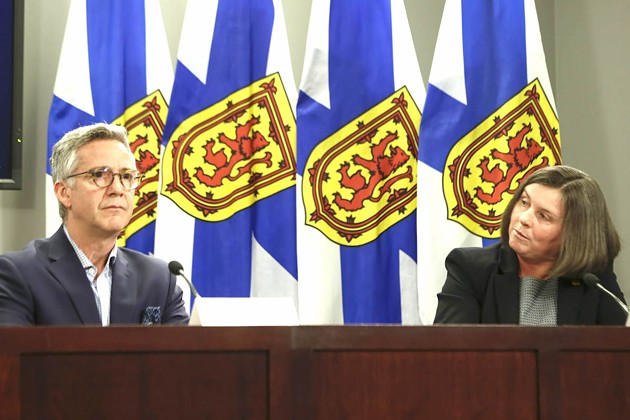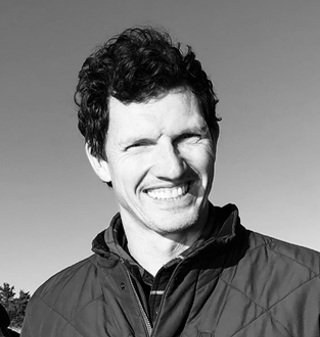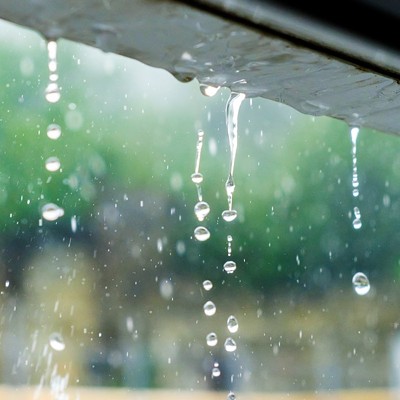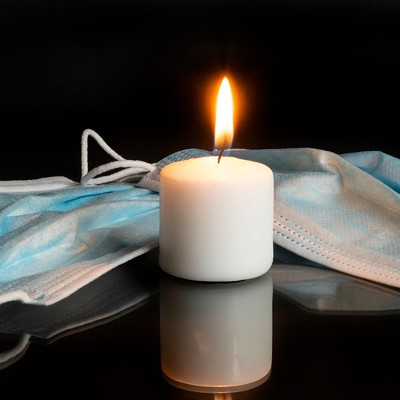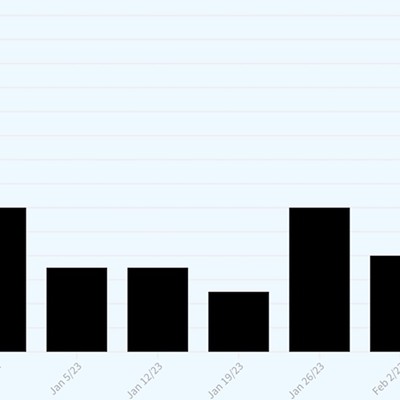- There are 73 confirmed COVID-19 cases in Nova Scotia
- We might have our first case of community spread
- Two people are hospitalized and two people have recovered
- The Steve & Strang Show had guests at today’s briefing, doctors Krista Jangaard and Brendan Carr
- The 2020 camping season and open fires are on pause
Even before anybody said anything, you could tell yesterday’s provincial briefing on COVID-19 was different. It’s been The Steve & Strang show for the last few days; just premier Stephen McNeil, chief health officer Robert Strang and their trusty moderator Tina Thibeau, offering Nova Scotians a webcast anchor of consistency in this ever-sickening world. But Thursday there were special guests, Krista Jangaard of the IWK and Brendan Carr from the Nova Scotia Health Authority, joining our regular crew on the small stage in the media room. Change was in the air.
And change came. But not from Carr and Jangaard, who were actually there to offer reassurance that the health system is ready to handle what COVID throws at it, on top of regular health needs. "I want to start by saying thank you to all of our staff and physicians, to everybody in our health system who have been working so aggressively over the last number of weeks to prepare for the coming surge," Carr said, shouting out cleaners, porters, housekeeping and administrative staff. And you! "I also want to say thanks to the people of Nova Scotia. First for listening to doctor Strang and for doing everything we can collectively to slow down and stop the spread of this virus.
"I also just want to say a very sincere thank you for all of the very positive wishes that we've received," Carr continued. "I just really want to say thank you for that because it means a lot to people."
On top of happy vibes, Carr also offered upbeat numbers. There are about 600 "acute inpatient beds" and more than half of the 122 "adult ICUs in the province" available right now for new patients. Wednesday the COVID testing lab completed over 474 tests, which was about a two-week workload in the before times, and as of today there are 17 "primary assessment sites" for the virus up and running across the province.
Jangaard talked of "Zoom physicians" teleconferencing with patients, the 1-888-429-8167 phone line for mental health and addictions support, the work actively being done to make sure people from around the region who need specialized treatment can easily cross our tightened border. As Jangaard summarized: "We are here for the care that is required."
It was up to Strang to deliver the disturbing news. That came when he announced the number of new cases (which happens to be on the low side at five, bringing the province up to 73 confirmed cases total, two currently severe enough to require hospitalization, two deemed recovered).
Strang makes a point of this. Here he is announcing new cases at the Monday, March 23 briefing: "When I look at the cases, they're all travel-related or people who have been in close contact in a household with somebody who has travelled." Tuesday: "Like earlier cases they are travel-related or connected to earlier-announced cases, they are not the result of community spread." Wednesday: "We know that several of the new cases are connected to groups or families who had returned to Nova Scotia following travel outside of Canada."
Then came today: "While most of the cases are travel-related or connected to earlier cases, one of the new cases cannot currently be linked to travel or an earlier case."
Strang didn’t come right out and call this a situation of community spread, when we lose track of the transmission train and the disease is charting its own course through the population. He is clearly hopeful that public health investigators will be able to figure out which people were in contact with each other, and corral their contacts to isolate the virus. But he is also just-as-clearly worried the transmission point was a St. Patrick’s Day party with about 50 people, introducing too many variables over too much time—the party was nearly two weeks ago—for accurate tracking.
"The investigation to determine the exposure and whether others have been exposed is ongoing. At this point, public health cannot confirm that this case is linked to community spread," Strang said. Naturally, he went on to turn this into a teachable moment.
"This case illustrates why it's so important that the things we have put in place, people adhere to them. The social distancing; why we've decreased the number in mass gatherings from 150 to 50 now down to five; all the rules around self-isolation if you've travelled outside of the province. Those are so important, because how this virus spreads is when people get together in close contact, and if we could keep each apart from each other, especially in significant numbers, it's such an important thing to minimize the chance of a virus to spread."
Two press releases came out later in the day. One brought unsurprising news, considering the restrictions on travel and the need to conserve emergency response resources: Reservations of for camping in provincial parks have been put "on hold" indefinitely, and until at least May 15 "open fires are banned for any purpose in woods or within 305 metres of woods in any part of the province."
The other is more concerning, an NS Health Authority advisory of "potential public exposure to COVID-19" around that St. Patrick’s Day party. The party was Saturday, March 14 at the Lake Echo Community Centre. "While most people have been contacted, there could be some attendees Public Health is not aware of or contact information may have changed for individuals," reads the release. "It is anticipated anyone exposed to the virus at this March 14 event may develop symptoms up to, and including, March 28, 2020."
In other words, party people could still develop the disease for a couple more days. And anybody they’ve had close contact with is suddenly at higher risk, and the people they’ve had contact with, and so on and so on. This is the fear of true community spread. Strang will doubtless be addressing it at Friday’s briefing.

